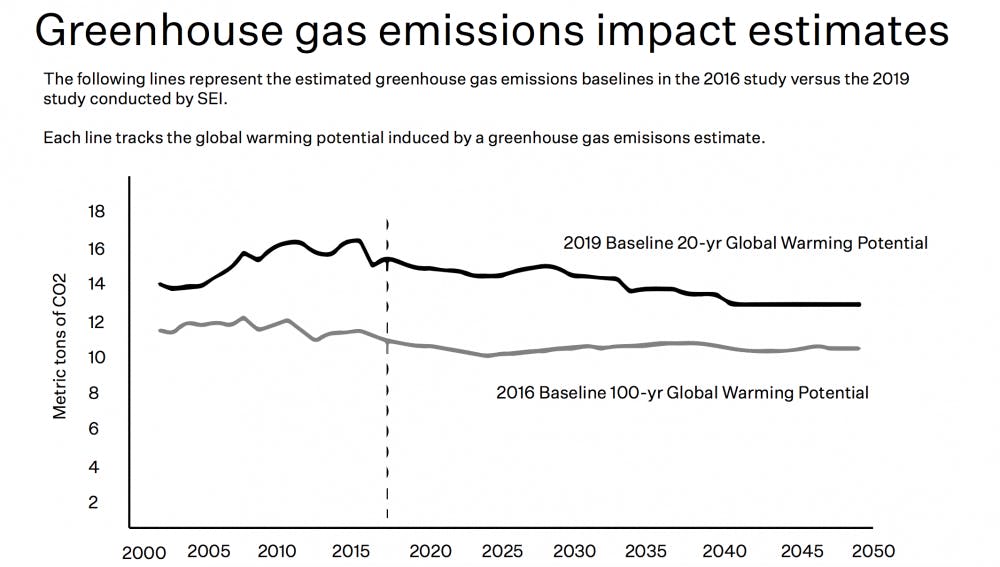A new report commissioned by the University and written by the Stockholm Environment Institute shows that Rhode Island’s greenhouse gas emissions are significantly worse than previously thought — suggesting, according to researchers, that Rhode Island must expedite its transition away from natural gas in order to meet its emissions goals.
The report, titled “Deeper Decarbonization in the Ocean State,” calculates that Rhode Island’s emissions are about 45 percent higher than estimates from prior research.
The disparity is largely due to a different method of calculating natural gas leaks, according to J. Timmons Roberts, professor of environmental studies and co-lead on the study. The report built on a study conducted in 2016, which estimated a leakage rate of 0.66 percent of all natural gas supplied to Rhode Island. The new report uses a leakage rate of 2.7 percent, based on a 2015 Boston study.
In a break from the 100-year timeline used in the 2016 study, the new report analyzed a period of only 20 years. “We chose to report the 20-year Global Warming Potentials because we know that the time horizon for taking action on the climate is short,” said Jason Veysey, lead author of the study and senior scientist at the SEI. Veysey added that using the 100-year reporting metric tended to lower emissions, contributing to the discrepancy between the new report and the 2016 study.
“The state needs to transition off of natural gas as quickly as possible, because it always will leak,” Roberts said. Methane, a major component of natural gas, is 86 times worse than carbon dioxide in the short run in terms of climate change impacts, he added.
Rhode Island currently has non-binding goals to reduce emissions to 90 percent of its 1990 levels by 2020, 55 percent by 2035 and 20 percent by 2050, as dictated in the Resilient Rhode Island Act of 2014. “We’re not on track and … we need to really get busy,” Roberts said of the findings.
Elizabeth Stone, programming services officer at the Rhode Island Department of Environmental Management, said that the state conducts its own inventory on greenhouse gases every year. “We account for methane in our inventory in a different way with different global warming potentials,” she said, adding that Rhode Island attempts to follow reporting methods used by other New England states. But Stone said that Rhode Island is not consistent in how it conducts the inventories and that the state would be open to changing its methods in the future to better account for methane.
“The information in this report adds to our knowledge base and reinforces that we have much hard work ahead,” wrote Janet Coit, director of the Rhode Island Department of Environmental Management, in a statement.
The report outlines three new courses to slash emissions by 70 to 80 percent, charting pathways to reach this goal by either 2030, 2040 or 2050. Though costs would rise much more quickly to meet the 2030 plan, Roberts said that the 2040 and 2050 plans “are fairly inexpensive in that you can replace most things when they wear out.”
Roberts and Veysey presented the study to the Executive Climate Change Coordinating Council Sept. 12. “It’s no longer crazy to be more ambitious,” Roberts said. “I’m hopeful that the state agency heads were really interested. I think that the message may be getting through to the governor and the leading people in her cabinet that we need to be doing much more, and we can.”





